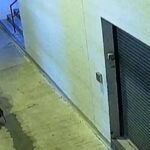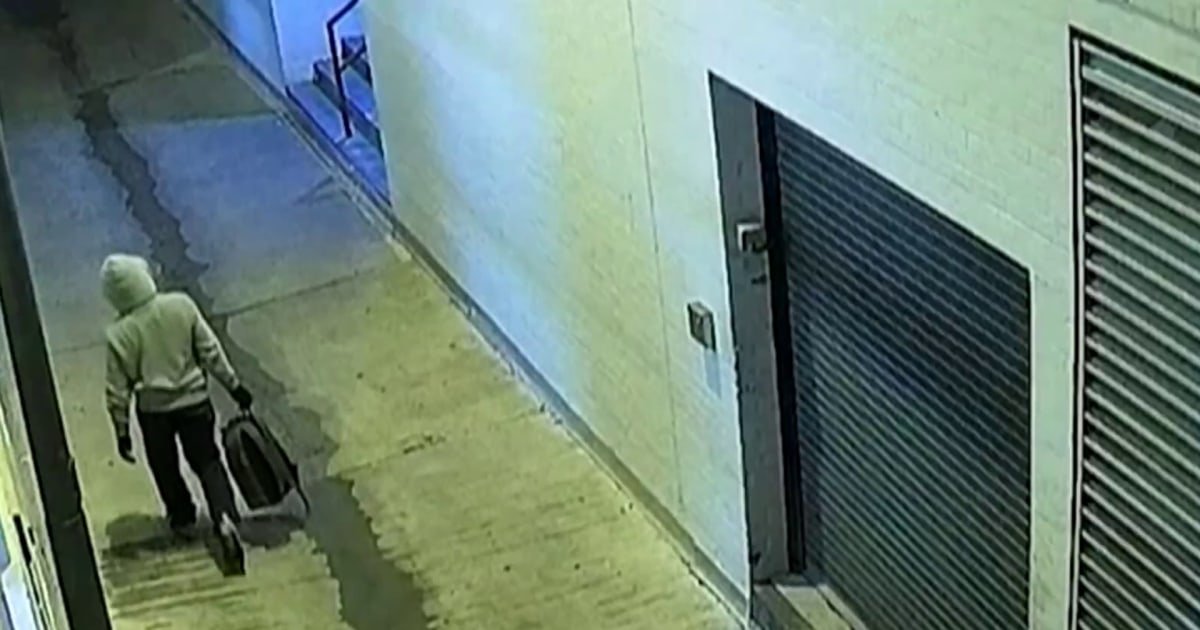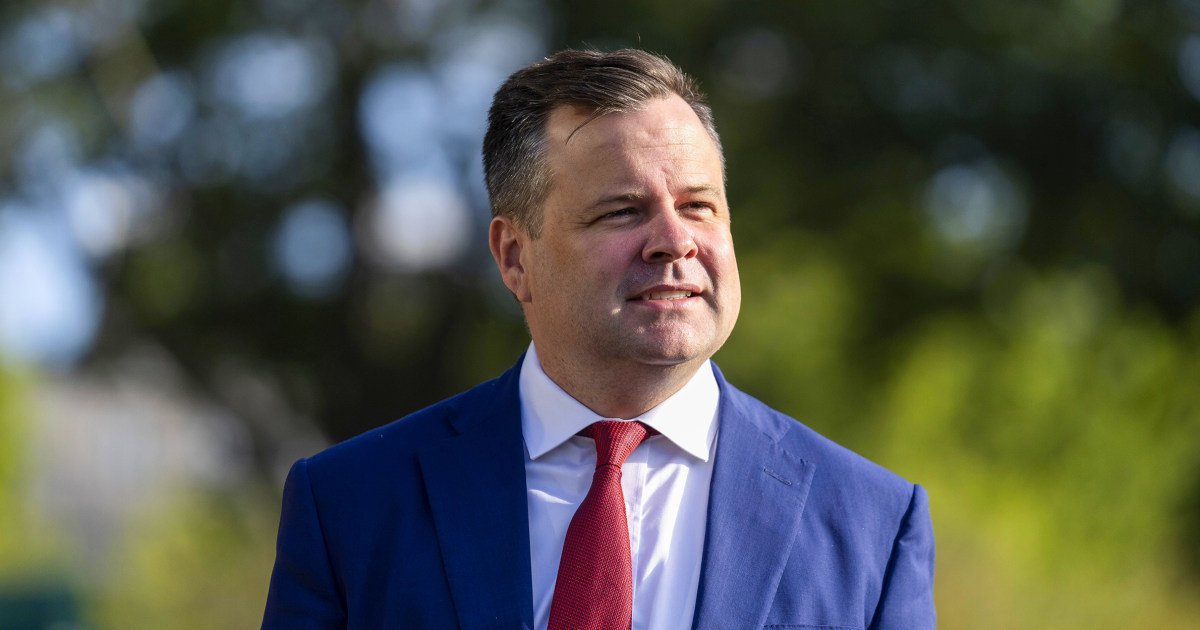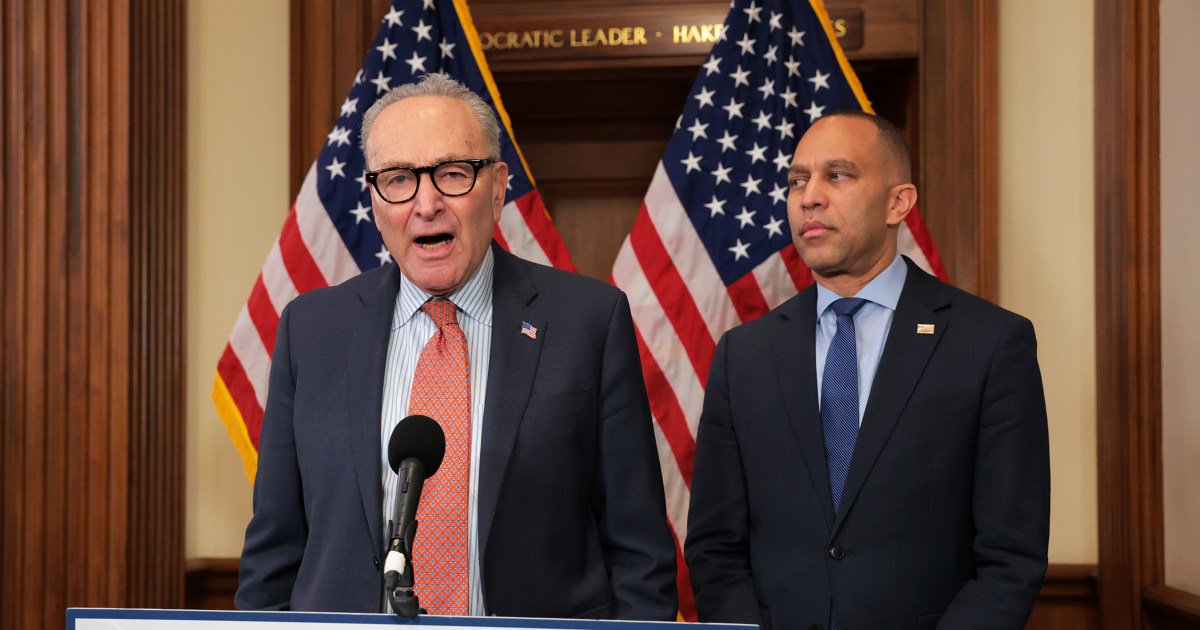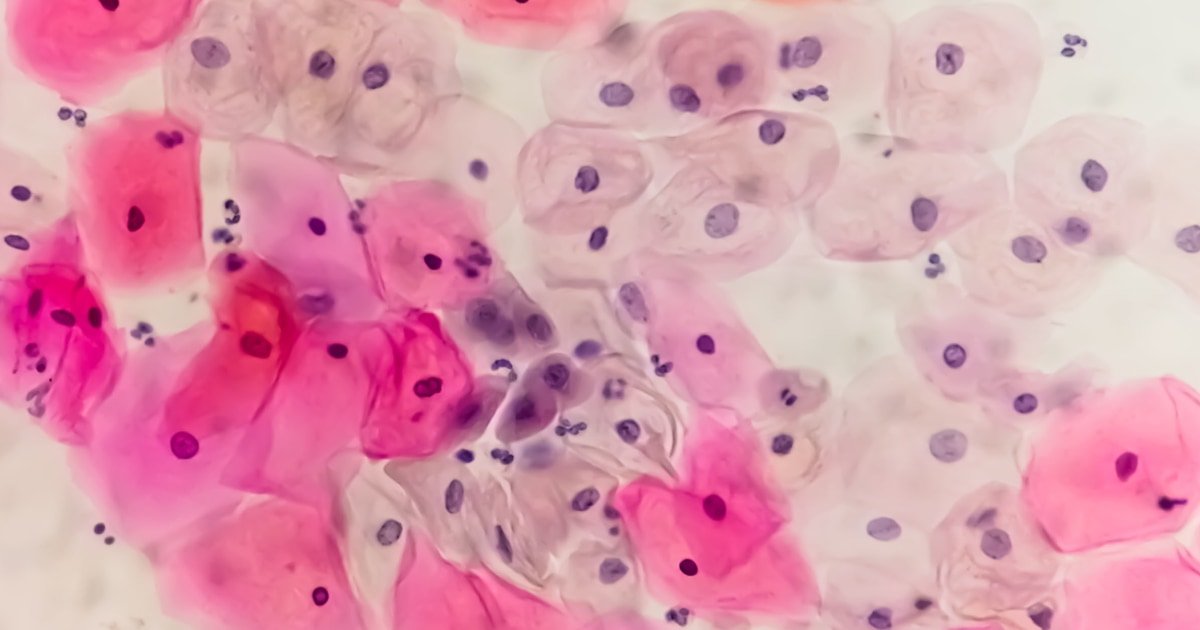Iran’s Supreme Leader, Ayatolá Ali Khamenei, made his first public appearance since the 12 -day war between Israel and Iran, attending a mourning ceremony on the eve of Ashoura.
Khamenei’s absence during the war suggested that the Iranian leader, who has the last word on all state affairs, had been in seclusion in a bunker, something not recognized by state media. The state television in Iran showed him greeting and nodding the crowd singer, who stood up when he entered and sat in a mosque next to his office and residence in the capital, Tehran.
There was no immediate report on any public statement. Iranian officials as the president of Parliament were present. Such events are always carried out under strong security.
After the United States was inserted in the war by bombing three key nuclear sites in Iran, the president of the United States, Donald Trump, sent warnings through social networks to Khamenei, 86, that the United States knew where he was but had no plans to kill him, “at least for now.”
On June 26, shortly after the fire began, Khamenei made his first public statement in days, saying in a pre -recorded statement that Tehran had delivered a “slap to the face of the United States” by hitting an American air base in Qatar, and warning against more attacks in the United States or Israel in Iran.
Trump responded, in comments to journalists and social networks: “Look, you are a man of great faith. A very respected man in his country. You have to tell the truth. They hit you to hell.”
Iran has recognized the death of more than 900 people in the war, as well as thousands of injured. It has also confirmed serious damage to its nuclear facilities, and has denied access to them for inspectors with the UN Nuclear Control Agency.
The president of Iran, on Wednesday to the country to suspend its cooperation with the control agency, the International Atomic Energy Agency, which further limits the ability of inspectors to track a program that had been enriching Uranium to nearby levels of close weapons. Israel launched the war fearing that I will be trying to develop atomic weapons.
It is not clear how badly damaged are the nuclear facilities, if any enriched or centrifuging uranium had moved before the attacks, and if Tehran would still be willing to continue negotiations with the United States about its nuclear program.
Israel also pointed to defense systems, high -ranking military officers and atomic scientists. In retaliation, Iran shot more than 550 ballistic missiles to Israel, most of them intercepted, killing 28 people and causing damage to many areas.
The ceremony commemorates a death that caused a crack in Islam
The ceremony that Khamenei was on Saturday was a memory of the martyrdom of the vii century of the grandson of the prophet Muhammad, Hussein.
The Shiites represent more than 10% of the 1,800 million Muslims in the world, and come to Hussein as the legitimate successor of Prophet Muhammad. The death of Hussein in the battle at the hands of the Sunitas in Karbala, south of Baghdad, created a crack in Islam and continues to play a key role in the configuration of the Shiite identity.
In Iran predominantly Shiite, the red flags represented the tents and clothes of the black funeral home of Hussein and the clothes represented the duel. The processions of the men with chest blows and autoflagellantes demonstrated fervor. Some sprayed water on the mourners in the intense heat.
Problem reports to access the Internet
Netblocks, a global Internet monitor, reported Saturday night that there was a “great interruption in Internet connectivity” in Iran. He said the interruption corroborated the generalized reports of users about problems accessing the Internet. Development occurs only weeks after the authorities closed telecommunications during the war. Netblocks then said that Internet access had been restored after about two hours.
